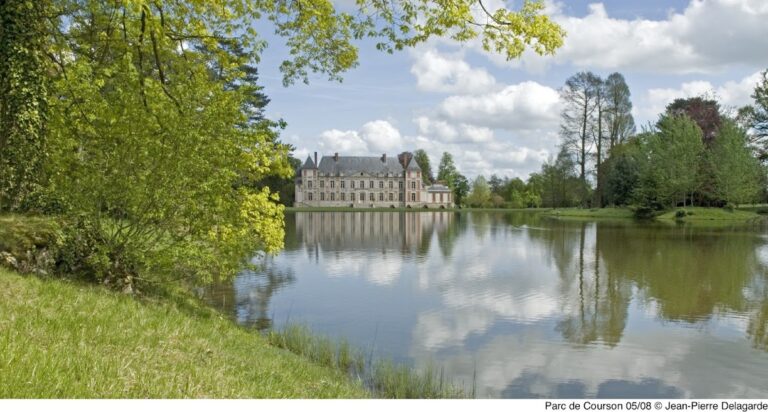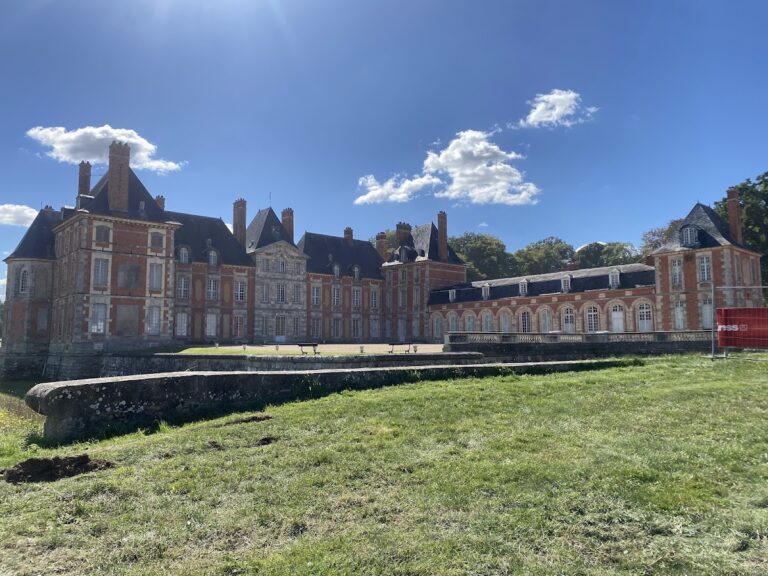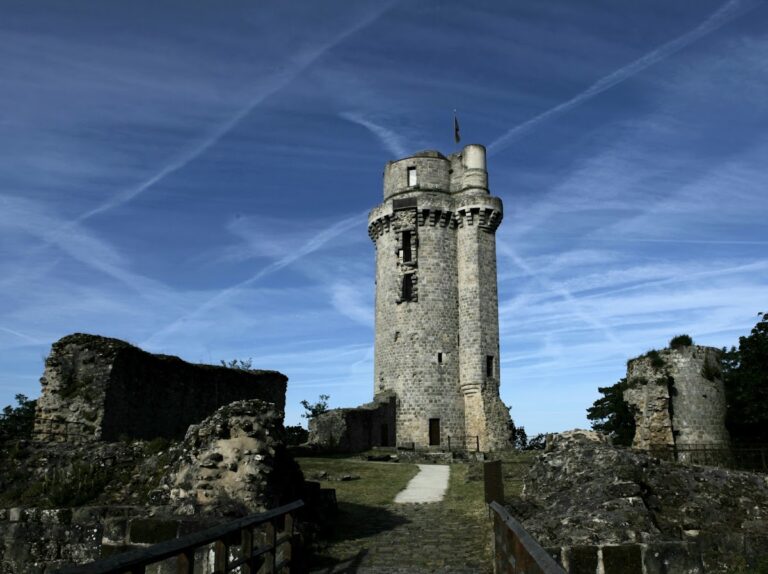Château de la Madeleine: A Medieval Fortress in Chevreuse, France
Visitor Information
Google Rating: 4.3
Popularity: Medium
Google Maps: View on Google Maps
Official Website: www.destination-yvelines.fr
Country: France
Civilization: Medieval European
Remains: Military
History
The Château de la Madeleine is located in Chevreuse, within the Yvelines department of the Île-de-France region in northern France. It was constructed by the medieval lords of Chevreuse, a local feudal family, during the early Middle Ages to protect the village from frequent raids.
Construction began between 1030 and 1090 under Guy I, lord of Chevreuse. The initial fortification likely replaced an earlier wooden tower, as archaeological evidence shows foundations of a wooden structure. The early castle included a wooden palisade enclosing the high courtyard, which was later replaced by stone walls in the 12th century. The stone keep and the main hall, or aula, were built during this period, although the aula no longer retains any above-ground remains.
In the 13th century, significant enhancements were made, probably under Anseau de Chevreuse. These included the addition of machicolations—stone openings allowing defenders to drop objects on attackers—and the construction of a moat supplied by a dam. Drawbridges were installed to control pedestrian and vehicular access, strengthening the castle’s defenses.
During the Hundred Years’ War, in 1356, the castle changed hands when Ingerger le Grand was captured and compelled to sell it. Pierre de Chevreuse acquired the property and expanded it. Later, under the reigns of Charles V and Charles VI, royal taxes funded further fortifications. These works were completed during the rule of Louis XI (1461–1483), who added a crenelated rampart standing 3.5 meters high, turrets, and a wide ditch measuring 15 meters across.
The barony of Chevreuse was elevated to a duchy in 1545 and further raised to a duchy-peerage in 1612, reflecting its growing political importance. Around 1661, the famous playwright Jean Racine oversaw modifications to the keep, marking a shift in the castle’s use and appearance. The keep underwent partial restoration in the 19th century, preserving some of its medieval character.
In the 20th century, the castle’s interior was adapted to house the headquarters of the Parc naturel régional de la Haute Vallée de Chevreuse. This involved integrating modern architectural elements while reusing old rooms and local meulière stone. The castle also served as a filming location for the television series Kaamelott. Since 1940, it has been officially protected as a monument historique.
Remains
The Château de la Madeleine sits atop a hill overlooking the Chevreuse valley and the Yvette river. Its enclosure measures about 70 meters along the main axis, which runs perpendicular to the ridge, and approximately 50 meters in width. The layout reflects a medieval military fortress designed for defense.
The enclosure, completed in the 14th century after the keep was built, features a continuous stone curtain wall. On the eastern side, facing the village, two square towers stand as part of the defensive perimeter. The main gate is flanked by two towers; its original stone pediment has collapsed and been replaced by a wooden lintel.
Two round towers remain intact: one is semicircular, and the other is topped by a watch turret. The keep itself is supported by flat buttresses and retains small openings dating from the 11th century on one side. On the opposite façade, windows from the 14th or 15th century are visible, showing later modifications.
Within the high courtyard, a well dating from the 15th century remains in place. The ramparts are crowned with machicolations, which allowed defenders to drop stones or boiling liquids on attackers below. The castle’s defensive system included a moat filled with water held back by a dam, and drawbridges provided controlled access.
The walls rest on buttresses and contain narrow arrow slits from the 11th century. The fortress has very few windows, emphasizing its purely military purpose without decorative elements. Stone granaries and the well inside the castle indicate preparations for sustaining inhabitants during sieges.
Today, the courtyard is accessible to the public free of charge, while the lower courtyard is divided into private parcels and not open to visitors. The modern building housing the park’s headquarters is constructed with local meulière stone and adapts former castle rooms for contemporary use.










